Alumni: The Range of Opinion and Action on Slavery
The issue of slavery was important enough in the first half of the 19th century in the United States that the Seminary’s alumni would have had to confront it, no matter where they served. The attitudes and actions of those who studied at Princeton Seminary generated another aspect of the Seminary’s historical relationship to slavery
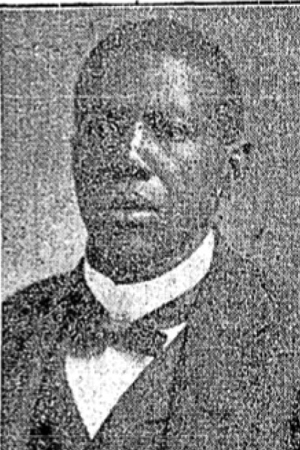
Irwin William Langston Roundtree (Class of 1895), a son of slave parents, was the last African American to study at Princeton Seminary who had personally experienced slavery. He graduated from Lincoln University and Princeton Seminary, and studied at Oxford. He pastored churches in New Jersey and was politically active, serving as an alternate delegate to the Republican National Convention.
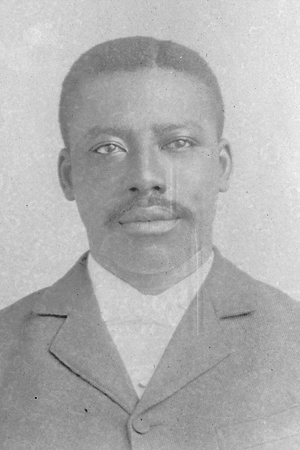
William Alfred Byrd (Class of 1894) was the only African American student in his class at Princeton Seminary in 1891. An outspoken supporter of civil rights, he worked for the African American community as a pastor and community leader. Under his leadership, the NAACP branch in Jersey City became the largest in the nation. He also helped establish the National Urban League.
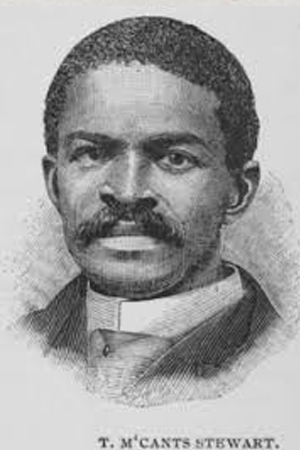
Thomas McCants Stewart (Class of 1881) was one of the first African Americans to attend the University of South Carolina, graduating with both a Bachelor of Arts and a law degree. He helped establish a mixed-race public school in Brooklyn, New York, and practiced law, worked in government, and lectured in Hawaii, Great Britain, Liberia and the Virgin Islands.
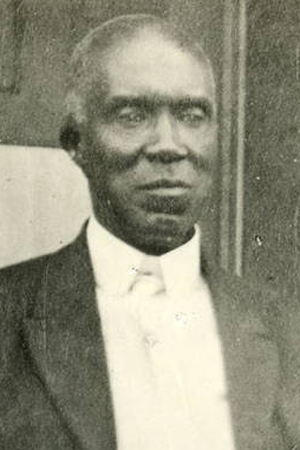
Daniel Wallace Culp (Class of 1879) was regarded as one of the brightest students in his class at Princeton Seminary. Concerned about the health of African Americans, he resigned his pastorate to study medicine and became a doctor. He also edited Twentieth Century Negro Literature or a Cyclopedia of Thought on Vital Topics Relating to the American Negro to correct what he felt was ignorance regarding the intellectual abilities of African Americans.

Irwin William Langston Roundtree (Class of 1895), a son of slave parents, was the last African American to study at Princeton Seminary who had personally experienced slavery. He graduated from Lincoln University and Princeton Seminary, and studied at Oxford. He pastored churches in New Jersey and was politically active, serving as an alternate delegate to the Republican National Convention.

William Alfred Byrd (Class of 1894) was the only African American student in his class at Princeton Seminary in 1891. An outspoken supporter of civil rights, he worked for the African American community as a pastor and community leader. Under his leadership, the NAACP branch in Jersey City became the largest in the nation. He also helped establish the National Urban League.

Thomas McCants Stewart (Class of 1881) was one of the first African Americans to attend the University of South Carolina, graduating with both a Bachelor of Arts and a law degree. He helped establish a mixed-race public school in Brooklyn, New York, and practiced law, worked in government, and lectured in Hawaii, Great Britain, Liberia and the Virgin Islands.

Daniel Wallace Culp (Class of 1879) was regarded as one of the brightest students in his class at Princeton Seminary. Concerned about the health of African Americans, he resigned his pastorate to study medicine and became a doctor. He also edited Twentieth Century Negro Literature or a Cyclopedia of Thought on Vital Topics Relating to the American Negro to correct what he felt was ignorance regarding the intellectual abilities of African Americans.
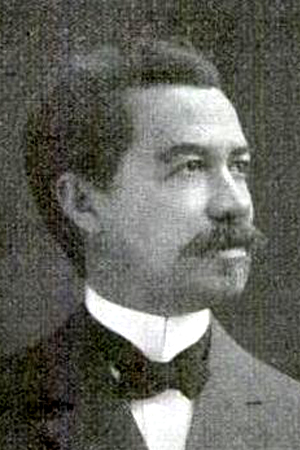
Hugh Mason Browne (Class of 1878) was an educator and organizer of high school, vocational, and training schools for African American students and teachers in Washington,D.C., Baltimore, Pennsylvania, and Liberia, Africa. Under his leadership, what is now Cheney University increased academic offerings for African Americans.
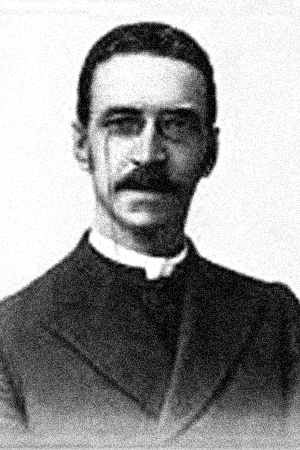
Francis James Grimke (Class of 1878) became pastor of the prominent Fifteenth Street Presbyterian Church in Washington, D.C., and was a leading spokesperson for the African American community as well as one of the founders of the movements that eventually gave birth to the National Association for the Advancement of Colored People (NAACP).
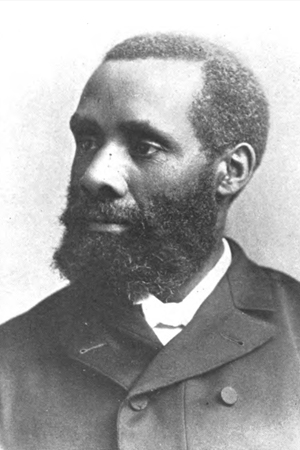
Matthew Anderson (Class of 1877) founded Berean Presbyterian Church in Philadelphia, the Berean Savings Association, which provided home loans for African Americans, and the Berean Institute which taught job skills, such as plumbing, tailoring, carpentry, and home management.
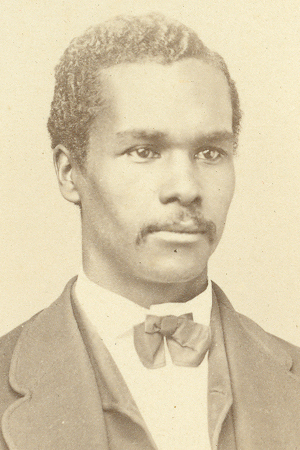
George Collins (Class of 1870) worked at the Lincoln Mission in Washington, D.C. under the auspices of the American Missionary Association, providing food, clothing, and religious instruction for thousands of freedmen following the Civil War. There is also an indication that Collins served as a tutor at Howard University.

Hugh Mason Browne (Class of 1878) was an educator and organizer of high school, vocational, and training schools for African American students and teachers in Washington,D.C., Baltimore, Pennsylvania, and Liberia, Africa. Under his leadership, what is now Cheney University increased academic offerings for African Americans.

Francis James Grimke (Class of 1878) became pastor of the prominent Fifteenth Street Presbyterian Church in Washington, D.C., and was a leading spokesperson for the African American community as well as one of the founders of the movements that eventually gave birth to the National Association for the Advancement of Colored People (NAACP).

Matthew Anderson (Class of 1877) founded Berean Presbyterian Church in Philadelphia, the Berean Savings Association, which provided home loans for African Americans, and the Berean Institute which taught job skills, such as plumbing, tailoring, carpentry, and home management.

George Collins (Class of 1870) worked at the Lincoln Mission in Washington, D.C. under the auspices of the American Missionary Association, providing food, clothing, and religious instruction for thousands of freedmen following the Civil War. There is also an indication that Collins served as a tutor at Howard University.
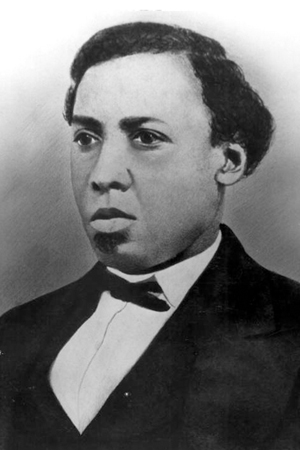
Jonathan Clarkson Gibbs (Class of 1856) was active in the abolitionist movement, working with Frederick Douglass and writing for anti-slavery publications. He later became a key figure in the Underground Railroad and also worked hard to promote racial integration in the public schools in Florida.

Henry M. Wilson (Class of 1848) helped form the American League of Colored Laborers to provide vocational education for jobs in manufacturing, agriculture, and commerce, and to provide loans for African Americans starting their own businesses. He co-founded the African Civilization Society, which promoted the emigration of African Americans to Africa.

Henry Jackson Van Dyke (Class of 1846) was one of the most prominent Presbyterian preachers in the mid-19th century who defended slavery as morally right and justified under the Christian religion. He charged the abolitionist movement with having no foundation in scripture and of misrepresenting the true situation of most slaves in the South.

James Adair Lyon (Class of 1836), a leader in the Presbyterian Church in the Confederate States of America, spoke on behalf of Southern slave owners during the Civil War. Although deploring the African slave trade as immoral, he justified the existence of slavery as part of God’s great design, bringing good out of evil, as had been the case of the selling of Joseph into Egypt.

Jonathan Clarkson Gibbs (Class of 1856) was active in the abolitionist movement, working with Frederick Douglass and writing for anti-slavery publications. He later became a key figure in the Underground Railroad and also worked hard to promote racial integration in the public schools in Florida.

Henry M. Wilson (Class of 1848) helped form the American League of Colored Laborers to provide vocational education for jobs in manufacturing, agriculture, and commerce, and to provide loans for African Americans starting their own businesses. He co-founded the African Civilization Society, which promoted the emigration of African Americans to Africa.

Henry Jackson Van Dyke (Class of 1846) was one of the most prominent Presbyterian preachers in the mid-19th century who defended slavery as morally right and justified under the Christian religion. He charged the abolitionist movement with having no foundation in scripture and of misrepresenting the true situation of most slaves in the South.

James Adair Lyon (Class of 1836), a leader in the Presbyterian Church in the Confederate States of America, spoke on behalf of Southern slave owners during the Civil War. Although deploring the African slave trade as immoral, he justified the existence of slavery as part of God’s great design, bringing good out of evil, as had been the case of the selling of Joseph into Egypt.
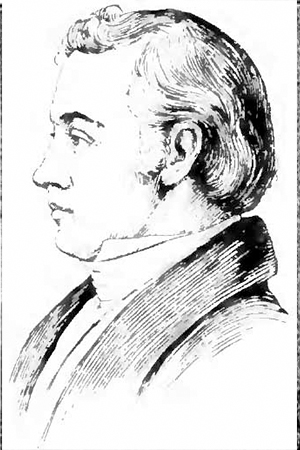
Elijah Parish Lovejoy (Class of 1834), a newspaper publisher in Illinois, was one of the early martyrs of the abolition movement. He was shot and killed by a mob while defending the warehouse that housed his printing press. His death made a profound impression on the national consciousness, defending the anti-slavery cause and freedom of the press.

Cortlandt Van Rensselaer (Class of 1833) advocated education and religious instruction for slaves. He was an early and generous supporter of what became Lincoln University and spent time gathering promises of support from other sources. Unlike defenders of slavery, he believed that many slaves were ready for freedom and the ultimate abolition of slavery.
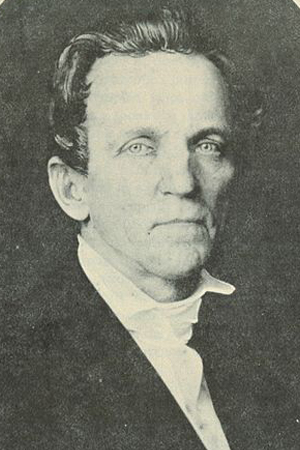
Charles Colcock Jones (Class of 1830), son of a Georgia plantation owner, accepted a position at the First Presbyterian Church of Savannah, where he organized an Association for Religious Instruction of the Negroes in Liberty County. Missionary work among slaves was his major responsibility.
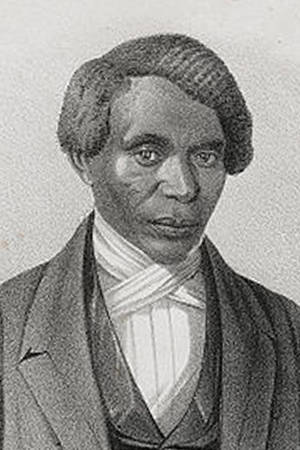
Theodore Sedgwick Wright (Class of 1828) was the first African American to attend and graduate from the Seminary. Records indicate he may have been among the very first African Americans to receive any kind of formal higher education in North America. He was a founder of the American Anti-Slavery Society and promoted education and vocational training for African Americans.

Elijah Parish Lovejoy (Class of 1834), a newspaper publisher in Illinois, was one of the early martyrs of the abolition movement. He was shot and killed by a mob while defending the warehouse that housed his printing press. His death made a profound impression on the national consciousness, defending the anti-slavery cause and freedom of the press.

Cortlandt Van Rensselaer (Class of 1833) advocated education and religious instruction for slaves. He was an early and generous supporter of what became Lincoln University and spent time gathering promises of support from other sources. Unlike defenders of slavery, he believed that many slaves were ready for freedom and the ultimate abolition of slavery.

Charles Colcock Jones (Class of 1830), son of a Georgia plantation owner, accepted a position at the First Presbyterian Church of Savannah, where he organized an Association for Religious Instruction of the Negroes in Liberty County. Missionary work among slaves was his major responsibility.

Theodore Sedgwick Wright (Class of 1828) was the first African American to attend and graduate from the Seminary. Records indicate he may have been among the very first African Americans to receive any kind of formal higher education in North America. He was a founder of the American Anti-Slavery Society and promoted education and vocational training for African Americans.
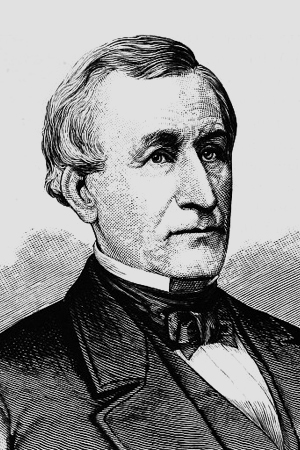
John Miller Dickey (Class of 1827) was instrumental in founding what today is Lincoln University, the first degree-granting African American institution in North America. He also helped recover free-born African Americans who had been illegally kidnapped and sold into slavery in the South.

Albert Barnes (Class of 1823) was one of the most vocal Presbyterian pastors in the anti-slavery camp. He served for over 40 years as pastor of the First Presbyterian Church of Philadelphia. As a noted preacher and author of biblical commentaries, he recommended that Christian churches cease all connection with slavery.
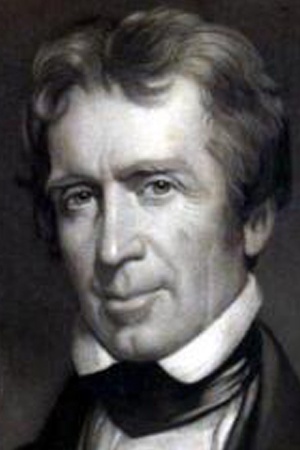
Jeremiah Chamberlain (Class of 1817) had sympathies for ending slavery, though support for the academy he founded depended upon working amicably with slaveholding neighbors and supporters. Chamberlain co-founded the Mississippi Colonization Society, dedicated to encouraging the release of slaves for resettlement in Liberia.
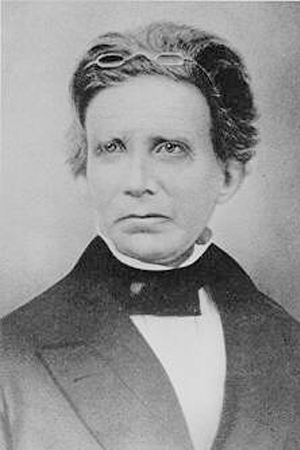
John Finley Crowe (Class of 1816) was publisher of The Abolition Intelligencer and Missionary Magazine, one of the earliest publications of its kind. His correspondence and surviving speeches reflect his lifelong concern with the slavery issue, the condition of Native Americans, and with the colonization movement in Liberia.

John Miller Dickey (Class of 1827) was instrumental in founding what today is Lincoln University, the first degree-granting African American institution in North America. He also helped recover free-born African Americans who had been illegally kidnapped and sold into slavery in the South.

Albert Barnes (Class of 1823) was one of the most vocal Presbyterian pastors in the anti-slavery camp. He served for over 40 years as pastor of the First Presbyterian Church of Philadelphia. As a noted preacher and author of biblical commentaries, he recommended that Christian churches cease all connection with slavery.

Jeremiah Chamberlain (Class of 1817) had sympathies for ending slavery, though support for the academy he founded depended upon working amicably with slaveholding neighbors and supporters. Chamberlain co-founded the Mississippi Colonization Society, dedicated to encouraging the release of slaves for resettlement in Liberia.

John Finley Crowe (Class of 1816) was publisher of The Abolition Intelligencer and Missionary Magazine, one of the earliest publications of its kind. His correspondence and surviving speeches reflect his lifelong concern with the slavery issue, the condition of Native Americans, and with the colonization movement in Liberia.

John Montieth (Class of 1816) was the first Presbyterian minister to reach Michigan where he established the state’s first public library and served as the first president of the University of Michigan. He was a pioneer in the anti-slavery cause in the Western Reserve, near the shores of Lake Erie, and operated a station on the Underground Railroad in the region.
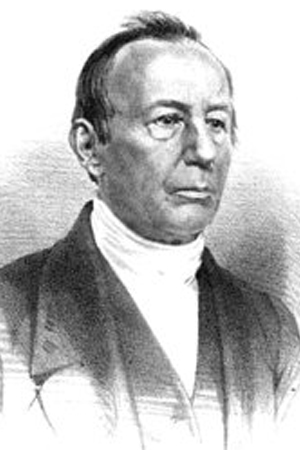
Samuel Blanchard How (Class of 1815)held that while the Bible doesn’t directly prohibit slavery, masters would be accountable before God for the treatment of their slaves. He defended Southern slave owners while calling for emancipation. How’s major ministry was as pastor of the First Reformed Dutch Church of New Brunswick, New Jersey.

John Montieth (Class of 1816) was the first Presbyterian minister to reach Michigan where he established the state’s first public library and served as the first president of the University of Michigan. He was a pioneer in the anti-slavery cause in the Western Reserve, near the shores of Lake Erie, and operated a station on the Underground Railroad in the region.

Samuel Blanchard How (Class of 1815) held that while the Bible doesn’t directly prohibit slavery, masters would be accountable before God for the treatment of their slaves. He defended Southern slave owners while calling for emancipation. How’s major ministry was as pastor of the First Reformed Dutch Church of New Brunswick, New Jersey.